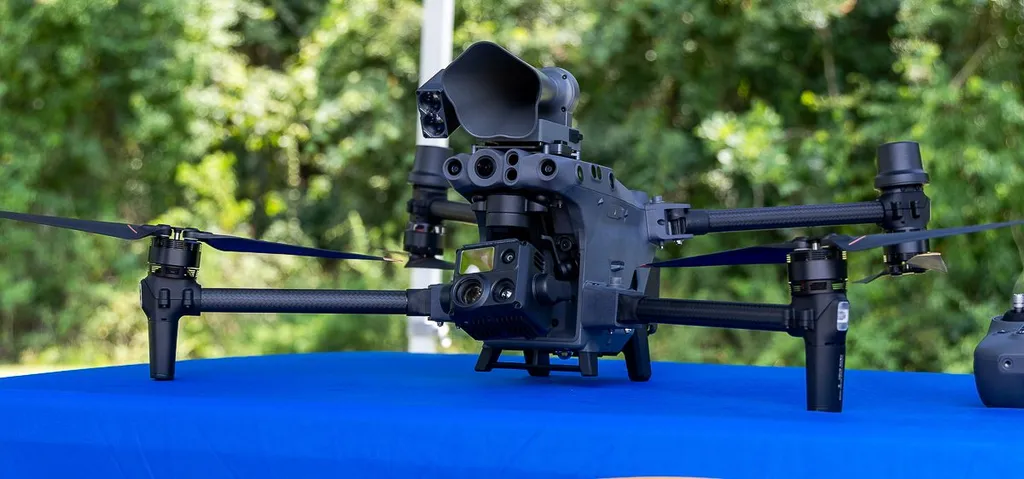In the ever-evolving landscape of law enforcement technology, a groundbreaking development is taking flight, quite literally. Researchers have unveiled a novel method for extracting video image features from police drones, promising to revolutionize investigation and evidence collection. This innovation, spearheaded by CHEN Sixin from the Police Tactics Department at Chongqing Police College, could significantly enhance the capabilities of drones in complex and challenging environments.
Imagine a drone soaring through a hazy night, navigating intricate terrains, and seamlessly integrating with other police systems. This is not a scene from a futuristic movie but a reality that CHEN Sixin and his team are bringing to life. Their research, published in Xi’an Gongcheng Daxue xuebao (Xi’an University of Architecture and Technology Journal), introduces a sophisticated video image feature extraction method designed to operate under the most adverse conditions.
The method begins with a meticulous analysis of the HSV (Hue, Saturation, Value) color space of the target object in the video image. This step is crucial as it allows the drone to distinguish and focus on specific elements, even in low-light or obscured conditions. “The HSV color space analysis is the foundation of our method,” CHEN Sixin explains. “It enables the drone to maintain operational stability and reliability, regardless of the environmental challenges.”
Building on this foundation, the researchers introduced an attention mechanism for video image feature extraction. This mechanism constructs both spectral and spatial multi-scale feature extraction networks. The spectral network focuses on the color and intensity information, while the spatial network concentrates on the shape and texture. These networks are then merged and trained together, resulting in a spectral-spatial joint feature extraction network.
The results are impressive. The method boasts a feature extraction accuracy of up to 97%, with a frame per second (FPS) value ranging from 50 to 75. This high level of stability and reliability ensures that drones can operate continuously and effectively, even in the most demanding scenarios.
The implications of this research are vast, particularly for the energy sector. As drones become increasingly integral to infrastructure inspections, maintenance, and security, the ability to operate efficiently in complex environments is paramount. This new method could enhance the safety and reliability of energy infrastructure, reducing downtime and preventing potential disasters.
Moreover, the seamless integration with other police systems allows for real-time information sharing and collaborative operations. This interoperability is crucial for coordinated responses to emergencies, ensuring that all relevant parties have access to the most accurate and up-to-date information.
As CHEN Sixin puts it, “Our method not only meets the demand for efficient and accurate feature extraction but also provides the technical support needed for the widespread application of police drones in complex investigation environments.”
The future of law enforcement and energy sector operations is taking shape in the skies, guided by the innovative work of researchers like CHEN Sixin. As this technology continues to evolve, we can expect to see even more sophisticated and reliable drones, capable of navigating the most challenging conditions with ease. The research published in Xi’an Gongcheng Daxue xuebao marks a significant step forward in this journey, paving the way for a new era of aerial investigation and evidence collection.

